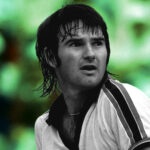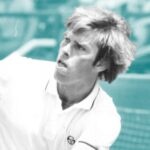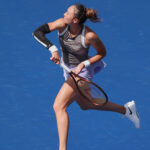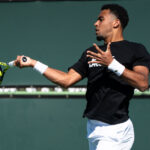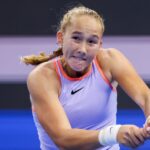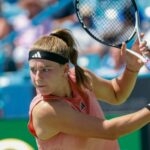December 22, 1977: Defending champion Tanner loses in Australian Open first round
For the first time ever, the defending champion crashed out in the first round of the Australian Open on this day in 1977. Find out the whole story
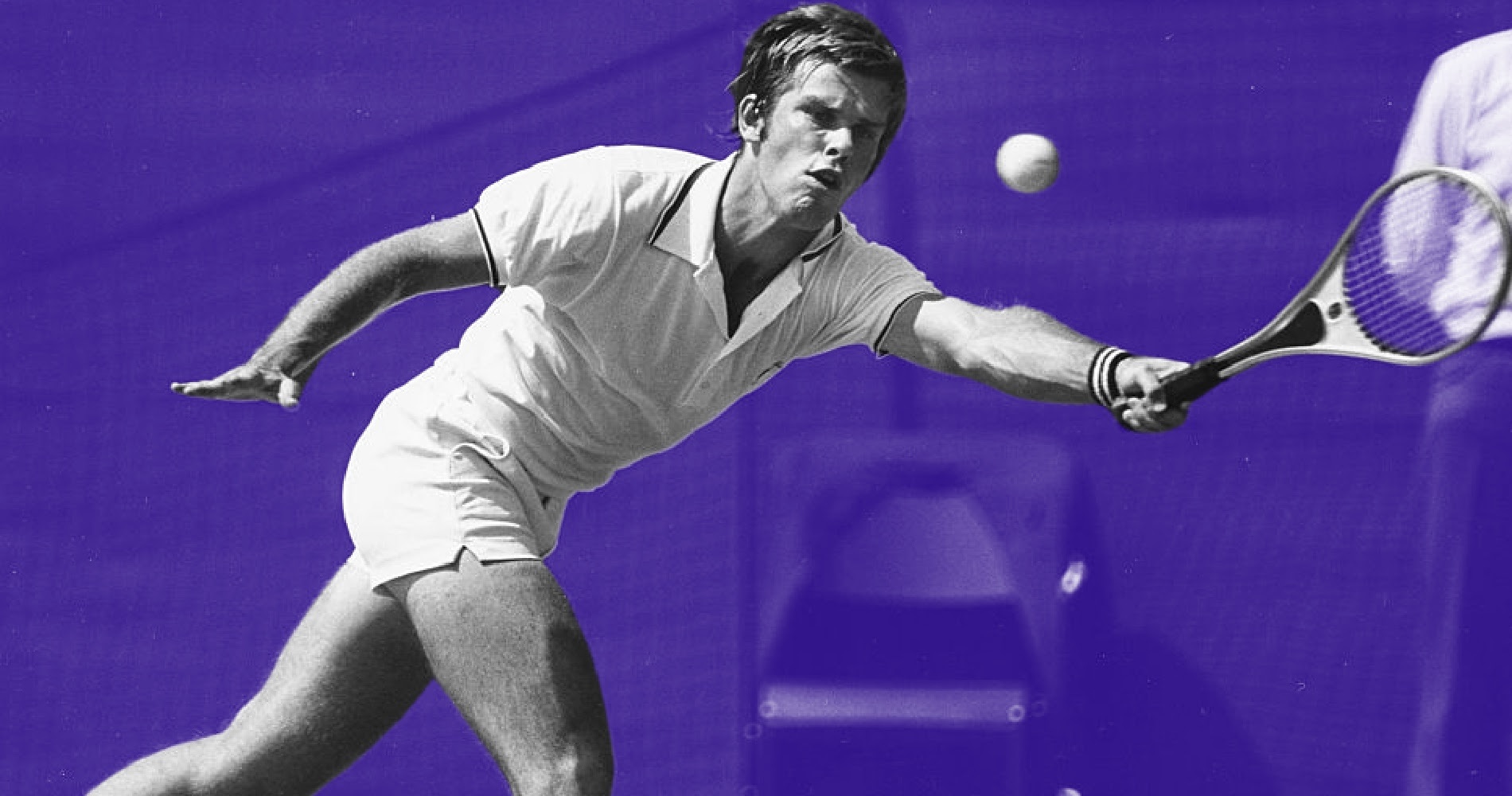
What happened exactly
On this day, December 22, 1977, Roscoe Tanner, from the United States, became the first defending champion to ever lose in the first round of the Australian Open, defeated by world No 55 New Zealander Chris Lewis (3-6, 6-3, 6-2, 1-6, 6-4). The American left-hander had won the tournament on January 3, 1977, defeating Guillermo Vilas in the final (6-3, 6-3, 6-3), but as the board had decided to move the dates, there was a second Australian Open in 1977.
The players involved: Roscoe Tanner and Chris Lewis
- The Rocket Roscoe Tanner
Roscoe Tanner – the first player in tennis history to become famous because of his deadly lefty serve, which earned him the nickname “The Rocket” – was born in 1951. He turned pro in 1972, and he soon reached his first final, in Los Angeles, defeated by Stan Smith (6-4, 6-4). In 1974, after he finished runner-up to Rod Laver in Palm Desert (6-4, 6-2), he claimed his first title, defeating Arthur Ashe in the Denver Open final (6-2, 6-4). The same year, he obtained his first remarkable Grand Slam performance, reaching the US Open semi-finals (lost to world No 1 Jimmy Connors, 7-6, 7-6, 6-4). The same Connors defeated Tanner in the Wimbledon semi-final in 1975 (6-4, 6-1, 6-4), and in 1976, at the All England Club, it was Bjorn Borg who prevented him from getting into the final (6-4, 9-8, 6-4). In January 1977, Tanner claimed his first Grand Slam title, defeating another lefty, Guillermo Vilas, in the Australian Open final (6-3, 6-3, 6-3), but he performed poorly in the following months, especially at Wimbledon, where he was defeated in the first round by John Lloyd (3-6, 6-4, 6-4, 8-6).
- Chris Lewis: former top junior
Chris Lewis, from New Zealand, had reached world No 1 as a junior in 1975, the year he also became a professional player. His best performance in a Grand Slam tournament was a third round reached in 1977 at Roland-Garros (lost to Wojtek Fibak, 6-2, 6-3, 3-6, 6-3), and he reached his first final in Adelaide in early December the same year, defeated by Tim Gullikson, (3-6, 6-4, 3-6, 6-2, 6-4). When the Australian Open started, he was world No 55.
The place: Australian Open, Melbourne
Unlike the other Grand Slam tournaments, the Australian Open (first known as the Australasian Championships and, later, the Australian Championships) had moved several locations throughout the years. In fact, the event switched cities every year before it settled in Melbourne in 1972, and no less than five Australian cities had hosted the event at least three times: Melbourne, Sydney, Adelaide, Brisbane and Perth. The event was held on grass at the Kooyong Stadium, in an affluent eastern suburb of Melbourne. Its timing had changed several times as well, between early December and January, going from being the first Grand Slam of the year to being the last. At the time, many of the best players skipped the Australian Open, mainly because of the remoteness, and the low prize money. In 1977, in order to attract the best players, the board decided to hold a second tournament earlier in December to avoid the inconvenient dates (around Christmas and New Year’s Day).
The facts
At the 1977 Australian Open, the organisers’ bid to please the best players in the world by holding a second event before Christmas didn’t succeed. Bjorn Borg and Jimmy Connors didn’t show up, and even Guillermo Vilas, runner-up of the last edition, didn’t attend the event. The first seeds were Vitas Gerulaitis and Roscoe Tanner, followed by Australian veterans Tony Roche and Ken Rosewall (who was already 43 years old).
In these conditions, Tanner, who had won the first edition of the 1977 Australian Open, had every chance to successfully defend his title. On grass, his amazing left-handed serve was so deadly that it seemed unlikely that he could be challenged by anyone before the semi-finals.
In the first set of his first-round clash against Lewis, the world No 55, everything went according to plan for “The Rocket”, who won 6-3. Yet the New Zealander, who had just reached his first professional final in Adelaide, didn’t let go and came back to finally prevail in five sets (3-6, 6-3, 6-2, 1-6, 6-4). For the first time in the history of the Australian Open, the defending champion had been ousted in the very first round.
What next
Chris Lewis would go on to the round of 16 in the 1977 Australian Open, defeated by Bob Giltinan (6-3, 6-3, 7-6). In the following years, Lewis would reach world No 19 and claim three titles, but the highlight of his career would be reaching the Wimbledon final in 1983 (defeated by John McEnroe, 6-2, 6-2, 6-2).
Roscoe Tanner would play another Grand Slam final, at Wimbledon, in 1979. Although he would be defeated by Bjorn Borg (6-7, 6-1, 3-6, 6-3, 6-4), this match would remain famous as it would be the first final broadcast as part of the NBC show, Breakfast at Wimbledon. After his retirement, Tanner would unfortunately become notorious because of his record of conflicts with the law, which would lead him to go to jail on several occasions.
